
Now that SAFe® 5.0 is live, I wanted to take a minute to reset the baseline on what exactly a framework is, what it isn’t, and what’s required to win with SAFe.
One of the most inspiring things I’ve experienced in working with SAFe is seeing the excitement and energy that it brings out in others. After learning in the classroom, many well-intentioned people run back to their organizations to ‘do the thing,’ but often forget to first understand the problem to be solved and the significance of the change ahead. Many proceed without first rooting themselves in what it is that they, and others, must do. Unfortunately, bypassing this step and failing to broadly communicate the vision can lead to many false starts.
In this post, I’ll explore patterns to consider for improved outcomes when using the Framework, offer some tips to apply tools found in SAFe and relate them to your context, and identify patterns to help avoid making Framework guardrails feel overly rigid.
The case for change
Change for the sake of change is rarely a successful undertaking. And change is hard—really hard. Consider any change you’ve tried to make in your life: a new fitness routine, a new diet.
Without a compelling case to make the change, many of us abandon these new habits before they’re integrated into our lifestyle (culture or lifestyle change is the result of changing; not a reason for change.)
Example: A 5 a.m. run, the second week of January, when it’s cold and you’re sore.
The result: Abandoned change.
Example: Out with coworkers at a pizza joint the second week of a new diet when your body is craving sugar/fat/salt.
The result: Abandoned change.
Example: The beginning of the second PI Planning when there’s no architectural runway, leaders can’t decide on priorities, managers are frustrated with understanding the new way of working, and teams are being pressured to just deliver something.
The result: Abandoned change.
I’m guessing you can probably relate to at least one of these scenarios.
Now, reexamine the same scenarios with a clearly articulated “why” and consider how understanding the case for change may yield different outcomes.
Embracing a new fitness routine [BECAUSE] it’s difficult to keep up with the kids.
The result: Maybe that cold morning is a little more bearable.
Adopting a new diet [BECAUSE] your current one has contributed to pre-diabetes.
The result: Amazing smells or not, that pizza is now a little easier to say no to.
Adopting a new way of working [BECAUSE] your business is at risk of being disrupted by smaller, faster companies who are talking directly to your customers.
The result: Maybe we need to work a little harder to figure out our priorities.
As John Kotter points out, many people underestimate the power of vision 10x. Before starting your journey toward business agility, take a moment to understand the need for change, share it broadly with the impacted parties, and keep the vision visible.
Framework = toolbox
Allow me to be direct: The Scaled Agile Framework® (SAFe) is not prescriptive. It’s not intended to be a method to perpetuate command and control and it’s not an organizational structure. SAFe is intended to be a second-tier operating system that filters together the right people to solve a problem and gives them the focus and support they need to deliver the highest business value items in the shortest sustainable lead time.
If an organization chooses to use the Framework in a manner other than intended, then the result may feel rigid. Though, that has nothing to do with the Framework. SAFe is a toolbox containing proven methods and practices that help businesses solve many of the complex issues they face today. With that in mind, it’s up to the practitioners and leaders to understand their problems, understand the tools available, and determine the Leanest subset of tools needed to address those problems.
Businesses can be complex, and each operating environment is unique. No matter your starting point, it’s the right place for you and your organization. SAFe won’t solve all problems overnight but it will help drive the right conversations at the right time. What SAFe does is help you surface many underlying issues within the system, and as W. Edwards Deming so famously points out, “… only management can change the system.”
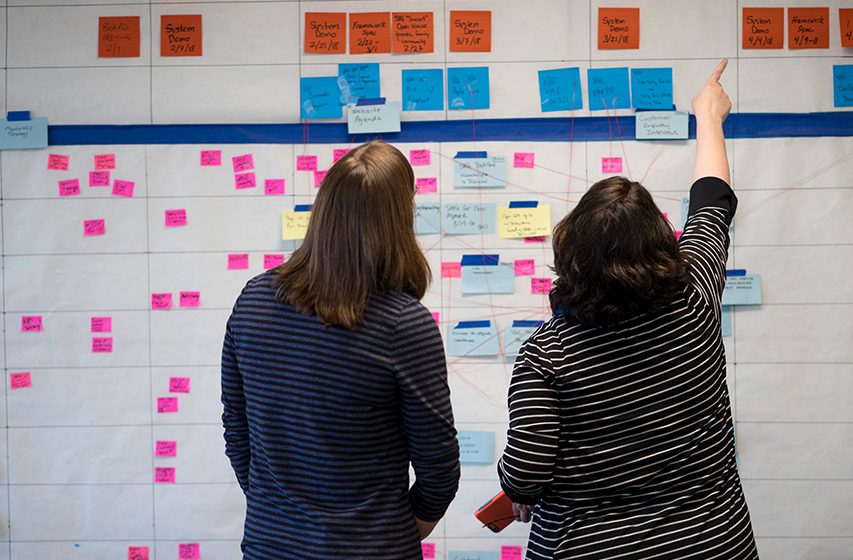
Mindset. Values. Principles.
With so much flexibility built into the Framework, people often ask me if one decision or another aligns with SAFe. It’s important to remind yourself that the goal is to delight the customer by delivering high-quality value as quickly as possible—and to do the right thing. The best way to make the best decision in these scenarios is to refer back to the Lean Mindset, SAFe Core Values, and Lean-Agile Principles and ask yourself, “Does this decision move me closer to or further away from these points of reference?” If the decision aligns with the values/mindset/principles, it’s probably the right decision.
The essential elements
The basics are the basics for a reason: they’re the minimum elements required for success in an undertaking, which in our case is scaling an Agile mindset in a complex organization. The basic element of SAFe is the need to bring together more than a few teams to deliver value and delight the customer. If you can accomplish this with one two/three/four team(s), then you probably don’t need SAFe. However, as organizations, architecture, and organizational challenges become more complex, the need to scale becomes apparent. To scale Agility to the team of teams for solution delivery, we must consider the essential competencies and elements.
Three core competencies
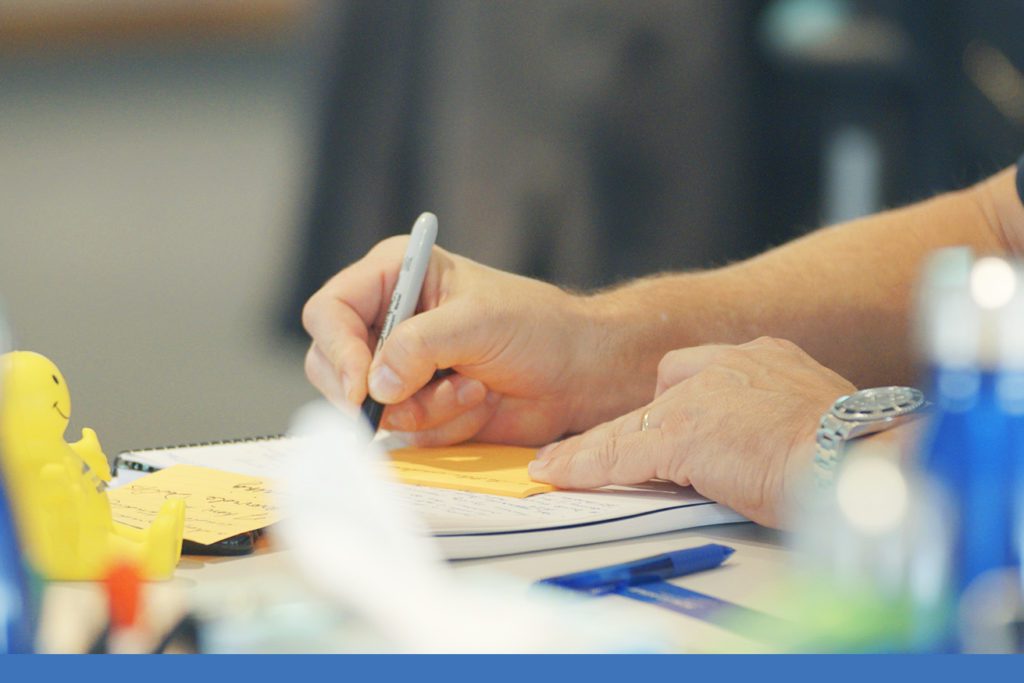
Team and Technical Agility describes the critical skills and Lean-Agile principles and practices that high-performing Agile teams and teams of Agile teams use to create high-quality solutions for their customers. Agile Product Delivery is a customer-centric approach to defining, building, and releasing a continuous flow of valuable products and services to customers and users. Lean-Agile Leadership describes how Lean-Agile Leaders drive and sustain organizational change and operational excellence by empowering individuals and teams to reach their highest potential.
The elements of Essential SAFe
An Agile Release Train (ART) is a long-lived team of Agile teams, which, along with other stakeholders, incrementally develops, delivers, and (where applicable) operates, one or more solutions in a value stream. A Continuous Delivery Pipeline describes the workflows, activities, and automation needed to consistently release value to end users. Customer Centricity is a mindset and a way of doing business that focuses on creating positive experiences, such as the customer journey, which takes buyers through the full set of products and services that the enterprise offers. Design Thinking is a customer-centric development process that creates desirable products that are profitable and sustainable throughout their lifecycle. Program Increment (PI) is a timebox in which an ART delivers incremental value. PIs are typically 8 – 12 weeks long, and the most common pattern for a PI is four development Iterations followed by one Innovation and Planning (IP) iteration. Iterations are fixed-length timeboxes that provide the development cadence for Agile teams building Features and components. Each iteration delivers a valuable increment of new functionality. Innovation and Planning (IP) Iteration provides teams with an opportunity to explore and innovate, dedicated time for planning, and learning through informal and formal channels. ScrumXP is a lightweight process for Agile Teams to continuously deliver value. ScrumXP uses the Scrum framework for project management and XP-derived quality practices. Team Kanban is a Lean method that helps teams facilitate the flow of value by visualizing workflow, establishing work in process (WIP) limits, measuring throughput, and continuously improving their process. Built-In Quality ensures that in every solution increment, teams (technical and non-technical) achieve high-quality goals and can readily adapt to change. DevOps is a mindset, culture, and set of technical practices. DevOps provides communication, integration, automation, and close cooperation among all the people needed to plan, develop, test, deploy, release, and maintain a system.
A state of perpetual change
With the significant additions that come with version 5.0 of the Framework, I ask that we all remain diligent along our learning journey. The Framework site offers an overview of the basics of many concepts to consider on the journey to business agility, but it isn’t a formula for assured success. SAFe courseware is intended to rapidly bring students to a new learning plateau and help each learner discover which areas of the Framework content they’re most interested in exploring deeper.
Pick a subject area, learn more, speak to other practitioners on the SAFe Community Platform, and think critically about how to best deploy SAFe tools to guide your organization and customers to a better place. As we discuss in the competency of developing a Continuous Learning Culture, the future belongs to those who learn the fastest.
Scaled Agile will continue to investigate the latest trends in the post-digital economy, and provide recommendations, toolkits, and learning to help the great organizations of the world survive and thrive with new ways of working.
—Adam
About Adam Mattis
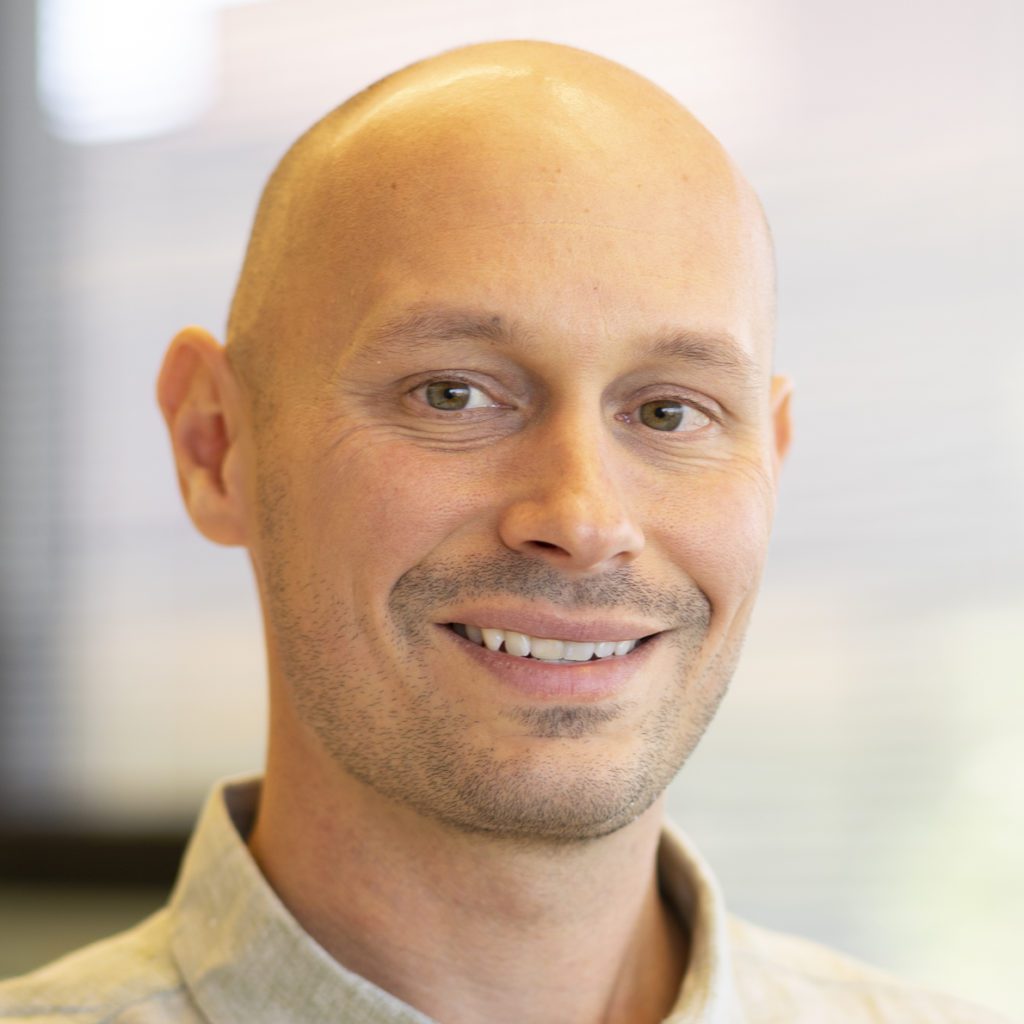
Adam Mattis is a SAFe Program Consultant Trainer (SPCT) at Scaled Agile with many years of experience overseeing SAFe implementations across a wide range of industries. He’s also an experienced transformation architect, engaging speaker, energetic trainer, and a regular contributor to the broader Lean-Agile and educational communities. Learn more about Adam at adammattis.com.
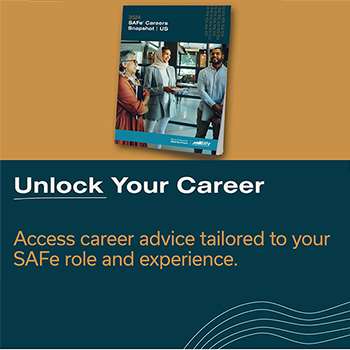
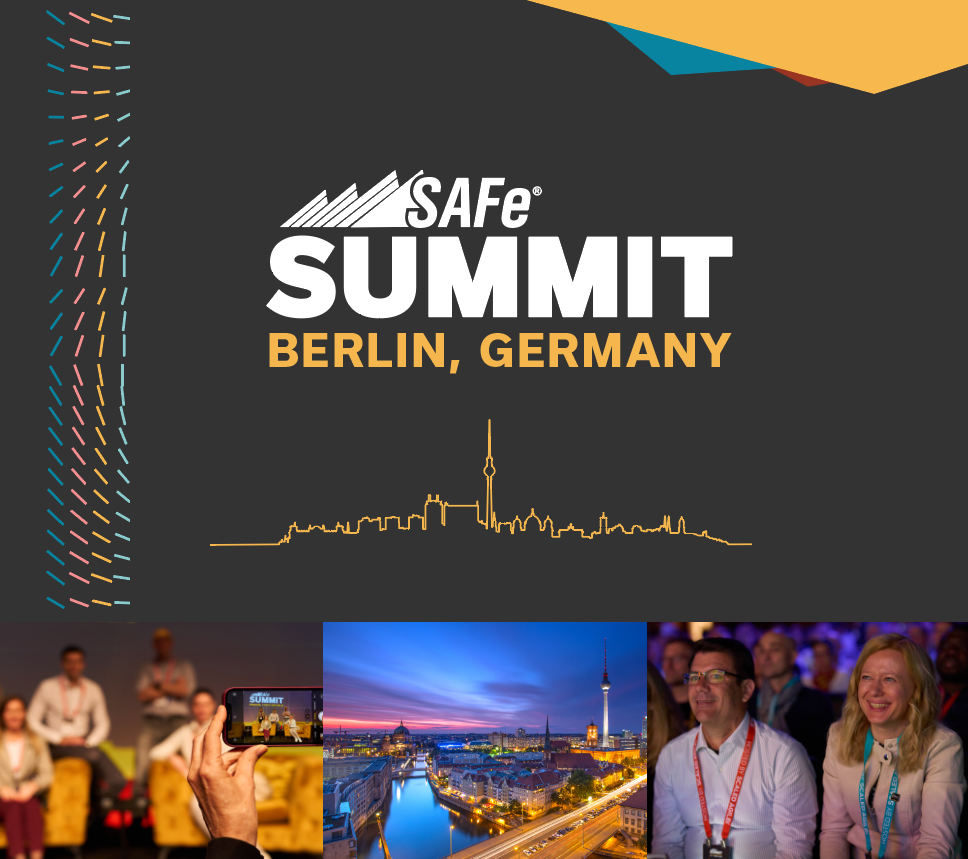

Very good post! We will be linking to this particularly great content on our site.
Keep up the good writing.
My website: buy instagram comments (Kris)